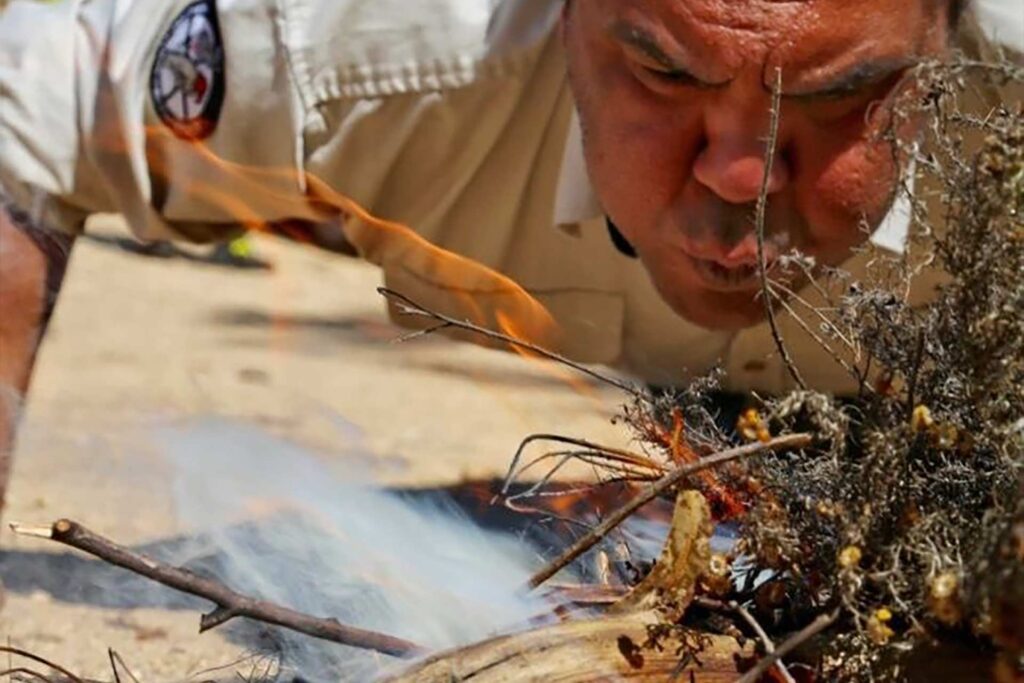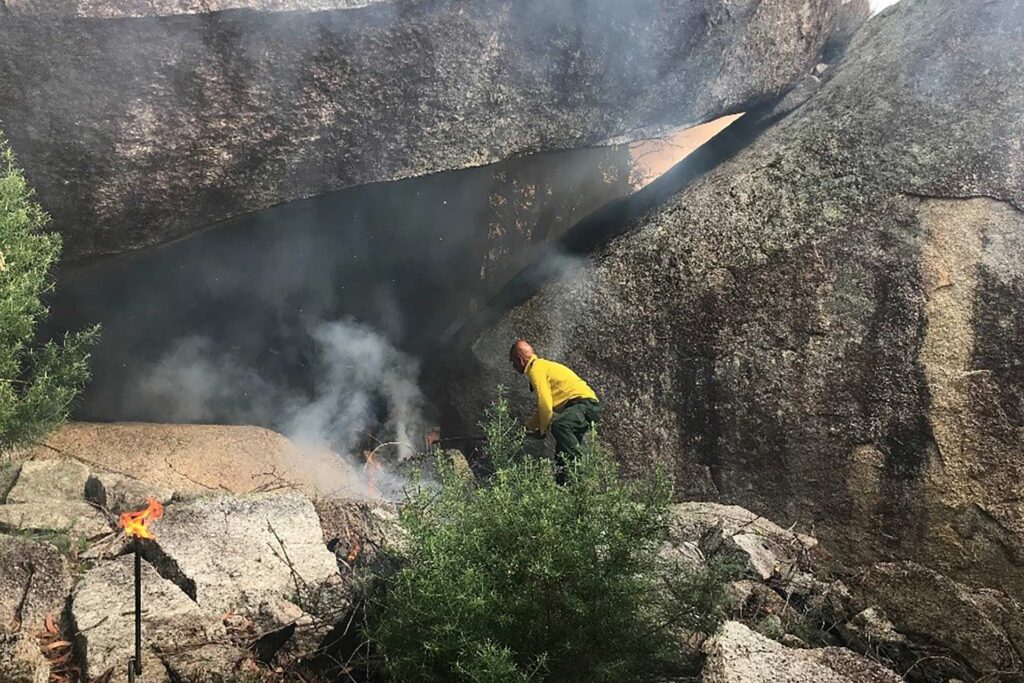For thousands of years, Aboriginal people managed the Australian landscape, its biodiversityThe variety of all life and living processes in the environm More, species, and food production. Cultural, cool burns (firestick farming) were an important part of their approach. For many reasons, Aboriginal people made frequent and planned use of fire. Burning kept CountryA bounded geographical area, distinct from one another. Coun More more open and easy to travel through, and encouraged growth of grass and herbs that attracted animals. Fire was also a way of signalling, hunting, cooking, and providing warmth. It cleared heavy bush areas and formed barriers to protect important food plants.

When Europeans arrived in Australia, they ignored these ways of managing the environment. The absence of Indigenous firestick farming in the cooler months is now one of the reasons that fuel builds up, creating the conditions for more intense bushfiresA fire that burns in grass, bush or woodland and can threate More.
Since 2015, the ACT Parks and Conservation Service has helped the community to reintroduce traditional land management through cultural burning. Songlines (which hold the unique knowledge of Aboriginal and Torres Strait Islander peoples, telling of the law, history and culture of diverse groups) and cultural stories transfer knowledge between generations. They are a vital part of how cultural burns are managed. Cultural knowledge also protects the ‘spirit’ of CountryA bounded geographical area, distinct from one another. Coun More and community health and wellbeing.
Indigenous communities have different fire-starting and burning methods depending on the landscape, season and the type of vegetation present. The knowledge required to effectively manage burning is based on thousands of years of observations, reflections, and planning, and has been communicated through story, Songlines and cultural activities.
Cultural burning is increasingly being used in southern Australia. Managing small fires in the cooler months is far better for the environment than uncontrolled severe fires during summer, and improves ecosystemA collection of interacting living and non-living things. A More health and biodiversityThe variety of all life and living processes in the environm More. Cultural burning can also reduce the greenhouse gasesA gas in the atmosphere (such as carbon dioxide, methane and More associated with uncontrolled bushfiresA fire that burns in grass, bush or woodland and can threate More.



